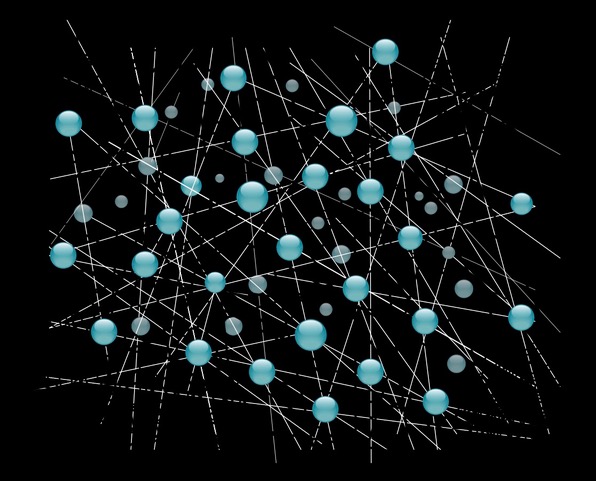Quantum mechanics runs hot in a cold plasma: UBC research
March 14, 2018

March 14, 2018

University of British Columbia researchers have found a new system that could help yield ‘warmer’ quantum technologies.
Quantum technologies such as quantum computers have the potential to process information much more quickly and powerfully than conventional computers. That prospect has spurred interest in exotic, complex quantum phenomena, particularly a state called many-body localization.
Many-body localization occurs when quantum interactions trap particles in a web-like mesh of random locations. This phase of matter protects the energy stored in quantum states from degrading to heat—an effect that could safeguard information in fragile qubits, which are the building blocks of quantum computation.
Up till now efforts to study many-body localization, both theoretically and experimentally, have focussed on quantum systems cooled to temperatures close to absolute zero, or -273° C.
“The effect has been assumed to occur only under conditions that are very difficult to engineer,” explains UBC chemical physicist Ed Grant. “So far, most evidence for many-body localization has been found using atoms arrayed in space by crossed laser fields. But arrangements like these last only as long as the light is on and are as easily disrupted as ripping a piece of tissue paper."
In the latest issue of Physical Review Letters, Grant and theoretical physicist John Sous describe the results of an experiment in which laser pulses gently lift a large number of molecules in a gas of nitric oxide to form an ultracold plasma.
The plasma, consisting of electrons, ions and Rydberg molecules (NO+ ions orbited by a distant electron), self-assembles and appears to form a robust many-body localized state. The researchers believe the plasma ‘quenches’ to achieve this state naturally, without needing a web of laser fields – no more ripping apart.
Just as importantly, the system doesn’t have to start at a temperature near absolute zero. The mechanism of self-assembly operates naturally at high temperature, seemingly leading to a spontaneous state of many-body localization.
“This could give us a much easier way to make a quantum material, which is good news for practical applications,” says Grant.
We honour xwməθkwəy̓ əm (Musqueam) on whose ancestral, unceded territory UBC Vancouver is situated. UBC Science is committed to building meaningful relationships with Indigenous peoples so we can advance Reconciliation and ensure traditional ways of knowing enrich our teaching and research.
Learn more: Musqueam First Nation